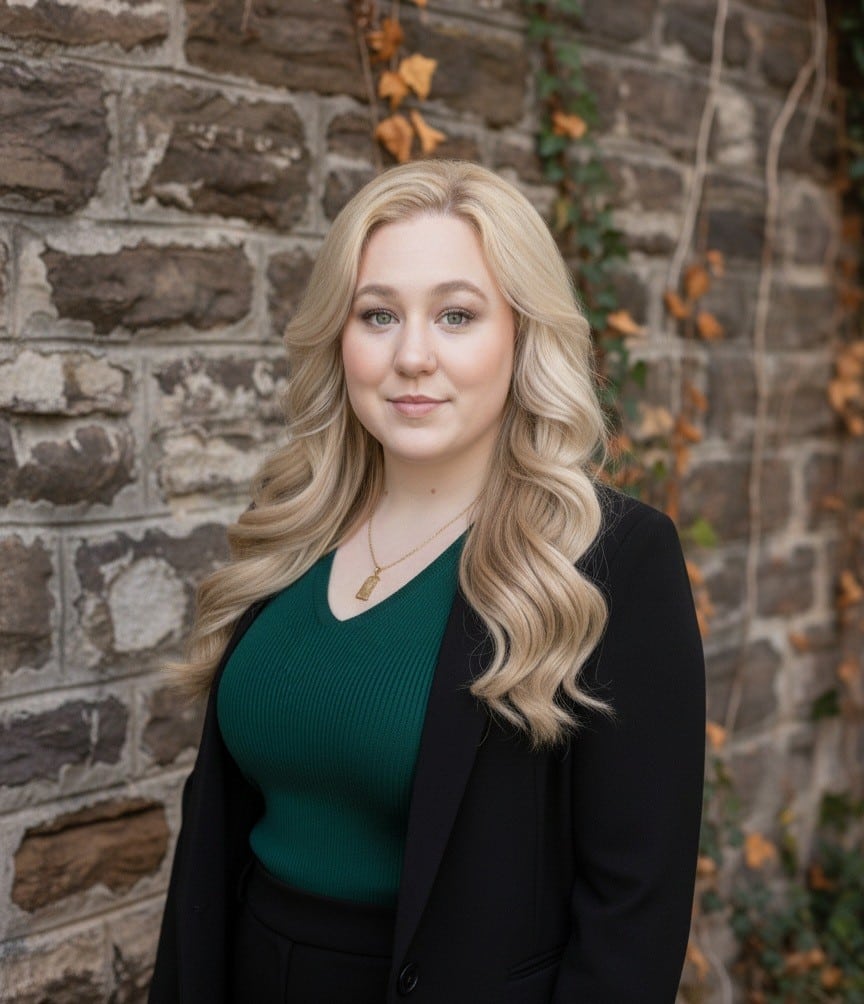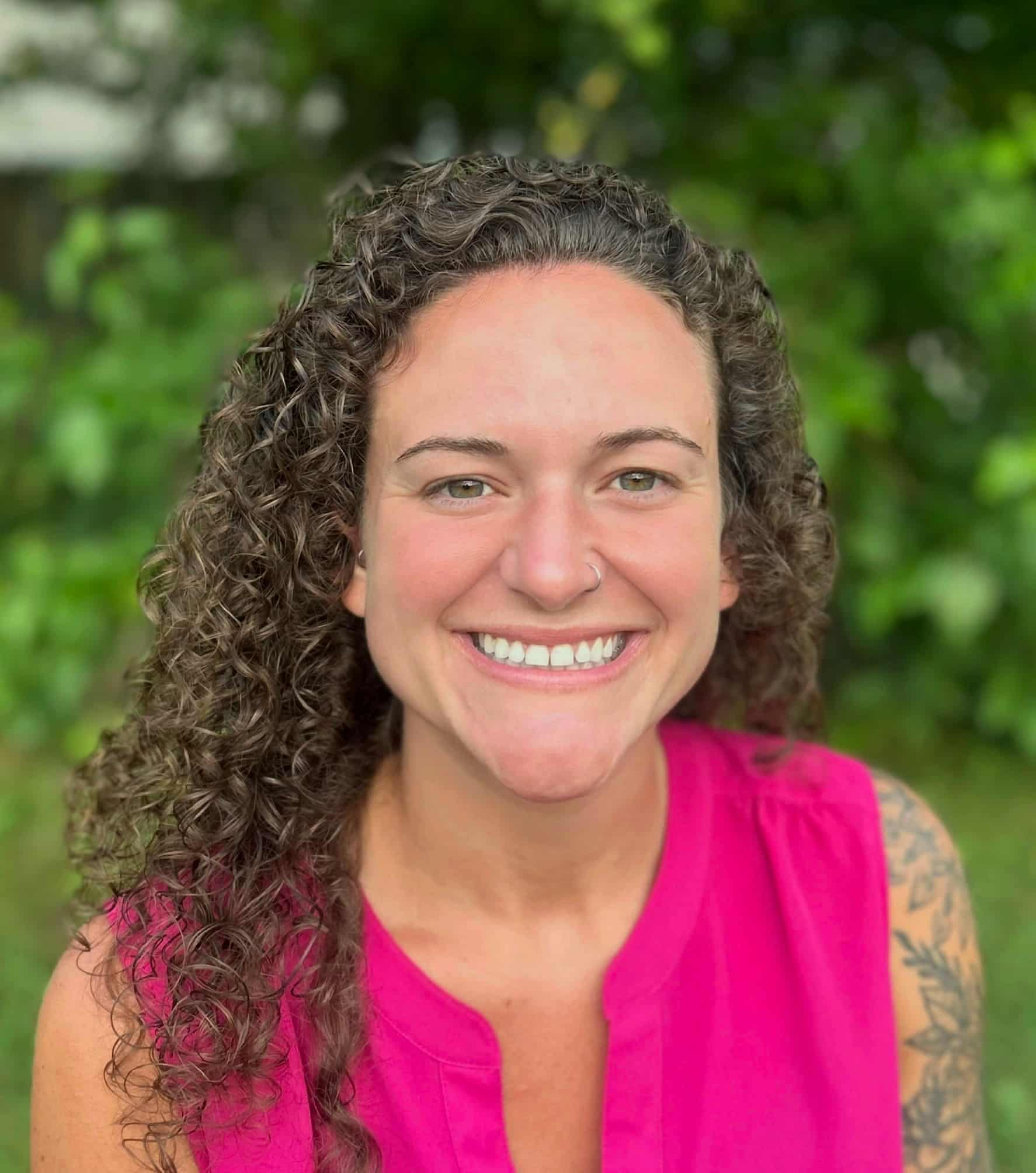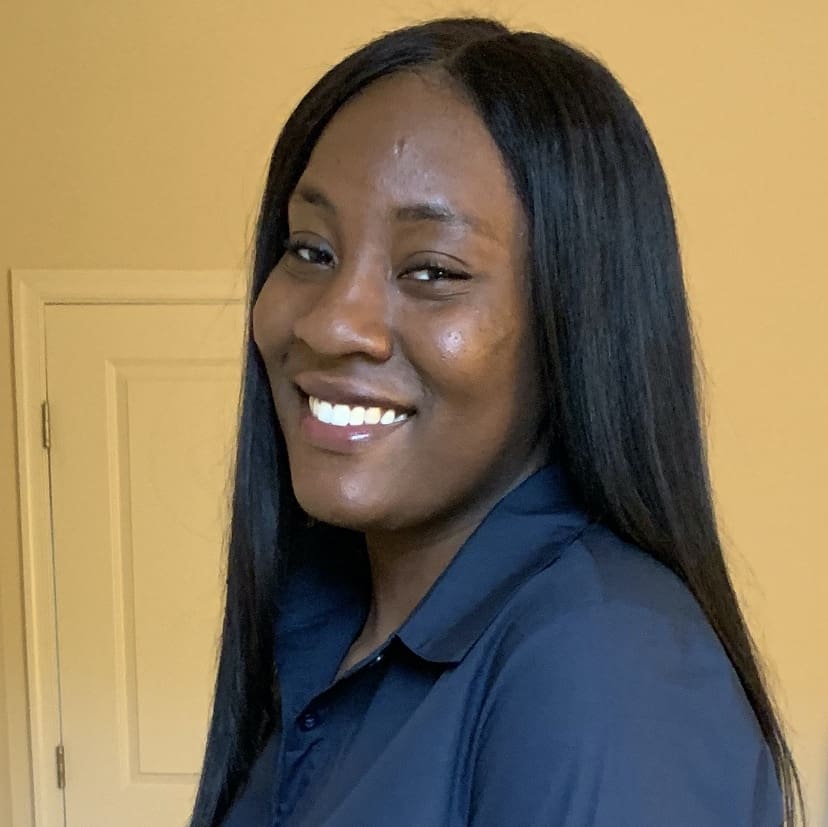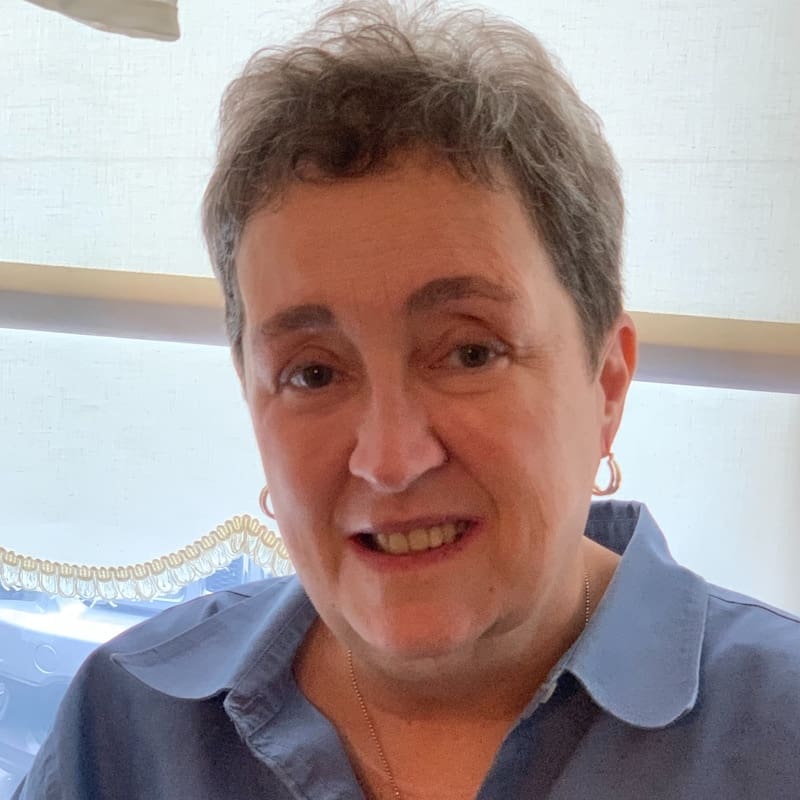Gabapentin (Neurontin) and pregabalin (Lyrica) are both gabapentinoids and nerve pain medications, but pregabalin tends to work at lower doses and has more predictable absorption. [1] Which one is “better” depends on the condition, cost, kidney function, and the speed of relief needed. Lyrica is often more effective for fibromyalgia and other nerve pain conditions. [2] At the same time, gabapentin remains a useful, lower-cost option for many patients.
What Are Gabapentin and Lyrica?
Gabapentin (brand name Neurontin) and pregabalin (brand name Lyrica) belong to the gabapentinoid class of medications used for nerve-related pain and certain seizure disorders. [3]
Gabapentin is widely available as a generic and comes in both immediate-release and extended-release formulations (for example, Gralise and gabapentin enacarbil/Horizant, used in specific applications).
Lyrica (pregabalin) is available as capsules and an oral solution and is FDA-approved for conditions that include diabetic peripheral neuropathy, postherpetic neuralgia, and fibromyalgia.
Both drugs are prescribed when nerve pain, such as from shingles (postherpetic neuralgia) or diabetic nerve damage, reduces quality of life. The medicine a patient receives often depends on the specific diagnosis, kidney function, cost, and the urgency of the relief needed.
How Do Gabapentin and Lyrica Work?
Neither drug is a GABA medication (neurotransmitter medication) despite the name; they work by supressing overactive nerve signals. Both bind to calcium channels on nerve cells and reduce the release of excitatory neurotransmitters that amplify pain signals. [4]
The result is less nerve firing, and for many patients, this translates to less pain and fewer abnormal sensations. These effects can also reduce seizures in people who have epilepsy and help with conditions like restless legs.
The mechanism is similar between the two drugs, but pregabalin (Lyrica) is absorbed more predictably, which can make its effects steadier at lower doses.[5]
How Do Gabapentin and Lyrica Differ in Effectiveness?
In comparison, pregabalin (Lyrica) often shows more consistent relief in clinical trials, especially for fibromyalgia and several forms of neuropathic pain (nervous system pain). Lyrica reaches predictable blood levels quickly, so many patients report noticeable relief sooner and with smaller doses. [6]
Gabapentin can be just as helpful for nerve pain, but it typically requires a slower upward titration and higher total doses to achieve the same effect for some people.
Insurance coverage and cost matter: gabapentin is usually cheaper as a generic, while Lyrica can be more expensive.
Side effects overlap (sleepiness, dizziness, swelling, weight gain).
Still, the balance of benefits, tolerability, and practical issues such as kidney function and prior substance use history determines which medicine a patient will try first.
In short, Lyrica may be more reliably effective for certain conditions, while gabapentin remains a useful, lower-cost option for many patients.
What Does the Evidence Say for Specific Conditions?
- Diabetic peripheral neuropathy: Both gabapentin and Lyrica reduce nerve pain, with many trials showing benefit; pregabalin often demonstrates a clearer, more responsive effect.
- Postherpetic neuralgia (shingles pain): Both drugs are commonly used; Lyrica has strong trial support and predictable dosing.
- Fibromyalgia: Pregabalin (Lyrica) is FDA-approved and has stronger randomized-trial evidence for symptom relief than gabapentin.
- Spinal cord injury pain: Evidence is mixed; some patients benefit from gabapentinoids, but response is variable.
- Seizure use: Gabapentin and pregabalin are both anticonvulsant-class medicines used for certain seizure types; dosing and monitoring differ.
Overall, the research shows both drugs have roles in neuropathic pain, but the degree of benefit and speed of effect vary by condition and by patient. [7] Patients should discuss which option fits their diagnosis, other health issues, and personal priorities.
What Are Common Side Effects and Safety Differences?
Gabapentin and Lyrica share many side effects because they work on similar nerve pathways. Common effects include drowsiness or sleepiness, dizziness, weight gain, peripheral edema (swelling), blurred vision, dry mouth, and constipation.
The frequency and severity can differ by person and dose. Some reports find pregabalin (Lyrica) more likely to cause weight gain and swelling.[8]
At the same time, gabapentin’s side effects can be dose-related. Rare but serious reactions include allergic responses and a small risk of new or worsening suicidal thoughts; any sudden mood change, severe rash, or breathing trouble requires immediate medical attention.
Patients should weigh the benefits against the side effects when discussing options with a healthcare provider.
How Are Gabapentin and Lyrica Prescribed — Doses, Formulations, and Cost?
Gabapentin typically starts at a low dose and is increased gradually until pain relief or side effects limit the dose; formulations include immediate-release generics, Gralise (extended-release), and Horizan. [9]
Pregabalin (Lyrica) is typically used with more predictable dosing and set schedules, often achieving steady blood levels more quickly than gabapentin. Both drugs require dose adjustments based on kidney function because they are primarily cleared by the kidneys.
Gabapentin is widely available as a low-cost generic, whereas Lyrica is often more expensive. Both are federally uncontrolled but are considered controlled substances in some states. Insurance coverage, the need for steady effect, and out-of-pocket cost often shape which drug a patient tries first.
Drug Interactions and Precautions
- Combining gabapentinoids with CNS depressants (opioids, benzodiazepines, alcohol) increases drowsiness and overdose risk. [10]
- Alcohol and strong sedatives worsen impairment and should be avoided while taking these drugs.
- Kidney function affects dosing—reduced kidney function means lower doses.
- Inform a healthcare provider about all prescription and over-the-counter medications to check for potential interactions and ensure safe prescribing.
Can Gabapentin vs Lyrica Cause Dependence or Withdrawal?
Both gabapentin and pregabalin can produce physical dependence when used long-term or at high doses. [11] Withdrawal symptoms may include rebound anxiety, insomnia, sweating, tremor, and flu-like feelings that usually begin within a day or two after stopping and ease over days to weeks; in people using them for seizures, abrupt cessation can raise seizure risk.
Because of this, clinicians recommend a planned taper rather than stopping suddenly.
Dependence is different from addiction, but signs such as craving, loss of control over use, or continued use despite harm suggest misuse and should prompt a discussion about treatment options.
Practical Factors — Which Should a Patient Prefer?
Patients often weigh the cost, speed of effect, impact on kidney health, and personal risk factors.
Lyrica tends to act more predictably and may work at lower doses; gabapentin is the lower-cost, generic option.
A history of substance use, job safety concerns (risk from drowsiness), and insurance coverage are practical reasons to favor one drug over the other. The best choice matches the diagnosis, kidney function, budget, and patient priorities.
Which Patients Need Extra Caution With Gabapentinoids?
- Older adults — higher fall and dizziness risk.
- People with severe kidney disease need dose adjustments.[12]
- Those with a history of substance use disorder — monitor for misuse.
- Pregnant or breastfeeding people — discuss risks and alternatives with a healthcare provider.
- Anyone using multiple sedating medicines — combined effects raise safety concerns.
When Should Patients Seek Medical Advice or Addiction Treatment?
Seek medical attention for severe allergic reactions, sudden mood changes or suicidal thoughts, uncontrolled drowsiness or breathing problems, or if withdrawal symptoms are severe. If dependence or signs of addiction appear, like craving, failed attempts to cut down, or use despite harm, contact the prescribing healthcare provider.
Talking With a Healthcare Provider About Gabapentin vs. Lyrica
The right drug depends on the condition, kidney health, cost, and personal safety needs. Patients or their loved ones should discuss options, side effects, and monitoring with a licensed healthcare provider to find a safe and individualized plan.














































